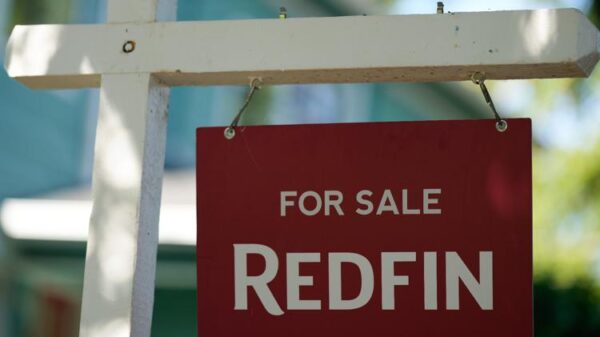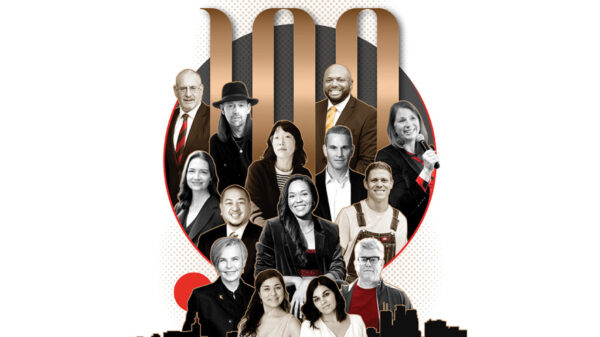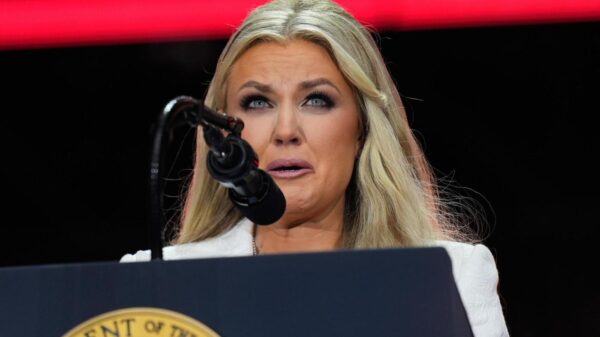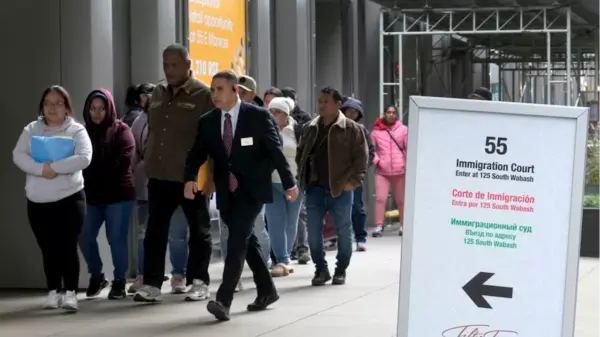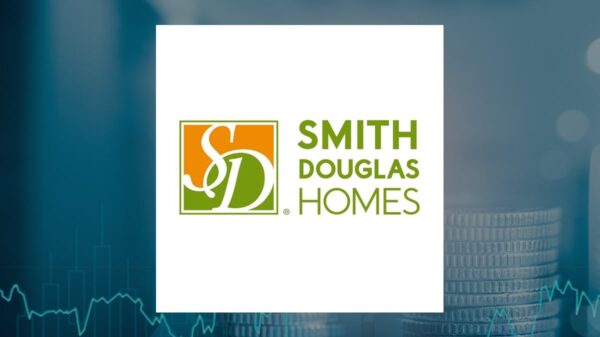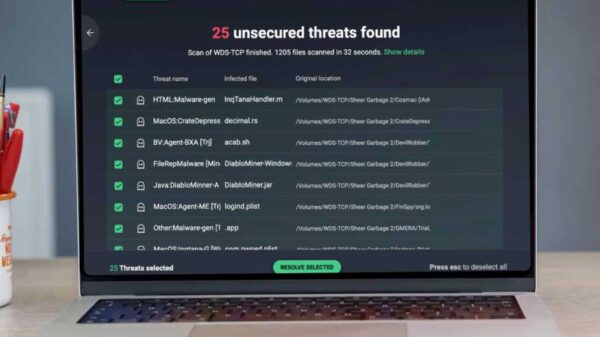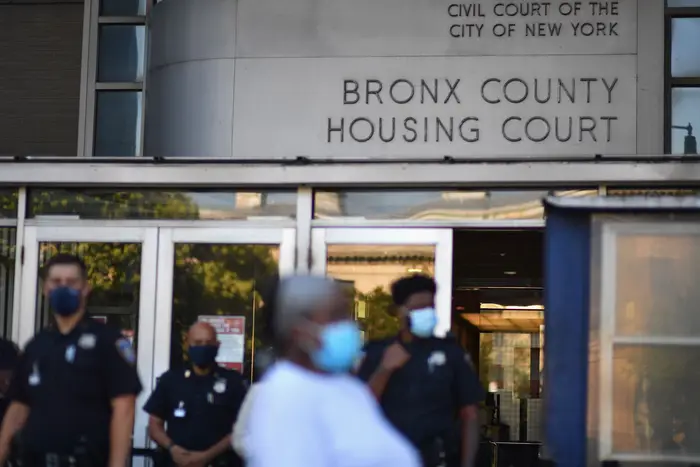UPDATE: Monthly evictions in New York City have skyrocketed to the highest levels seen since 2018, as low- and middle-income tenants face mounting financial pressures. New data confirms that city marshals evicted at least 11,253 households in just the first seven-and-a-half months of 2023, averaging 1,500 evictions per month—a rate not witnessed in five years.
This alarming trend places a spotlight on the ongoing housing crisis as many tenants struggle to keep up with rent amidst rising costs. With the backlog of eviction cases being processed in housing courts, the situation has become increasingly dire for those living paycheck to paycheck. As housing policy experts warn, a single unexpected expense can push vulnerable families into eviction proceedings.
“There’s a lot of reason to be concerned here,” said Peter Hepburn, an associate director at Princeton University’s Eviction Lab. He highlights that many renters lack sufficient savings, making them highly susceptible to eviction following a layoff or missed paycheck.
The surge in evictions comes amid pledges from all major mayoral candidates, including incumbent Mayor Eric Adams, to improve housing affordability. However, the reality on the ground tells a different story as the number of evictions across the five boroughs continues to climb.
Notably, New York City’s 29 marshals, hired by landlords to enforce eviction orders, reported nearly $20.5 million in profits last year—up significantly from $14 million in 2019. The financial incentive for landlords remains strong, even as they face increased scrutiny.
Ann Korchak, a landlord and spokesperson for the Small Property Owners of New York, indicates that the rise in evictions is partly due to the ongoing “bottleneck” in housing courts, which are still working through cases that accumulated during the COVID-19 pandemic. “Eviction is a last resort. Everyone wants to live harmoniously, but we need the revenue to run the properties,” Korchak stated.
Since the start of 2021, landlords have filed nearly 497,000 eviction cases, with the Bronx seeing the highest rates—more than 9% of households there received court notices last year. While the number of evictions has increased, recent state data shows that landlords have filed fewer new cases this year compared to last year, averaging around 9,531 households per month.
Safety net programs aimed at low-income tenants, including the right to an attorney in housing court, have been instrumental in helping many avoid eviction. However, a recent report from the Community Service Society highlights that many families earn just above the threshold for assistance and struggle to access timely aid.
“We do have tools. We know what works,” said Chloe Sarnoff, director of policy research at Robin Hood, an influential anti-poverty organization. “But we are seeing these effective programs go underutilized because of staffing and funding issues.”
A July report from Robin Hood found that one in four low-income New Yorkers is unable to consistently afford rent, with many families just one financial shock away from eviction. Legal Aid Staff Attorney Ellen Davidson emphasizes the broader implications of rising eviction rates, stating, “It is worse for communities. It is worse for public health. It is worse for New York City writ large.”
As the eviction crisis escalates, the eyes of the city and its leaders are on how to address this urgent issue. With housing courts continuing to process cases at a rapid pace, the coming weeks will be critical in determining the trajectory of evictions and the fate of countless families in New York City. Stay tuned for further updates as this situation develops.







